Cranberries and Cloudberries in Baltic Gastronomy
10 min read Explore the culinary significance of cranberries and cloudberries in Baltic cuisine, highlighting their cultural and gastronomic roles across the region. August 23, 2025 12:05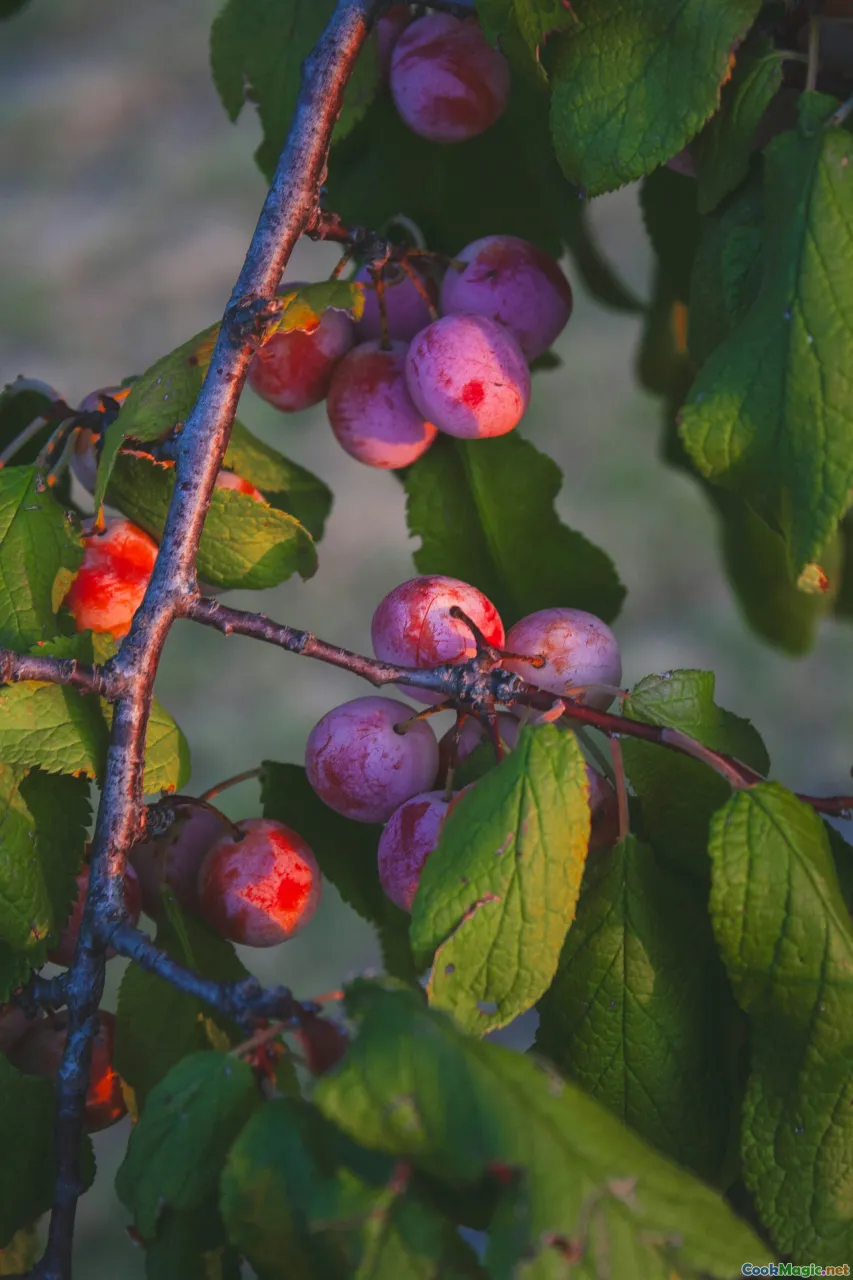
Cranberries and Cloudberries in Baltic Gastronomy
In the misty mornings of the Baltic region, beneath ancient forests and amidst bustling market squares, lies a treasure trove of vibrant, wild berries that have shaped the culinary soul of nations like Latvia, Lithuania, Estonia, Finland, and Sweden. Among them, cranberries and cloudberries stand as radiant ambassadors of Baltic terroir—rich in history, emotion, and irresistible flavor.
Their discovery, use, and cultural significance evoke a sensory tapestry woven through centuries of tradition, conjuring images of fog-laden bogs, fragrant berry jams, and festive tables adorned with bright crimson and amber spreads. As someone who has wandered Nordic forests and sampled countless berry-laden delicacies, I invite you to journey with me into the world of cranberries and cloudberries—and to savor their unique contributions to Baltic cuisine.
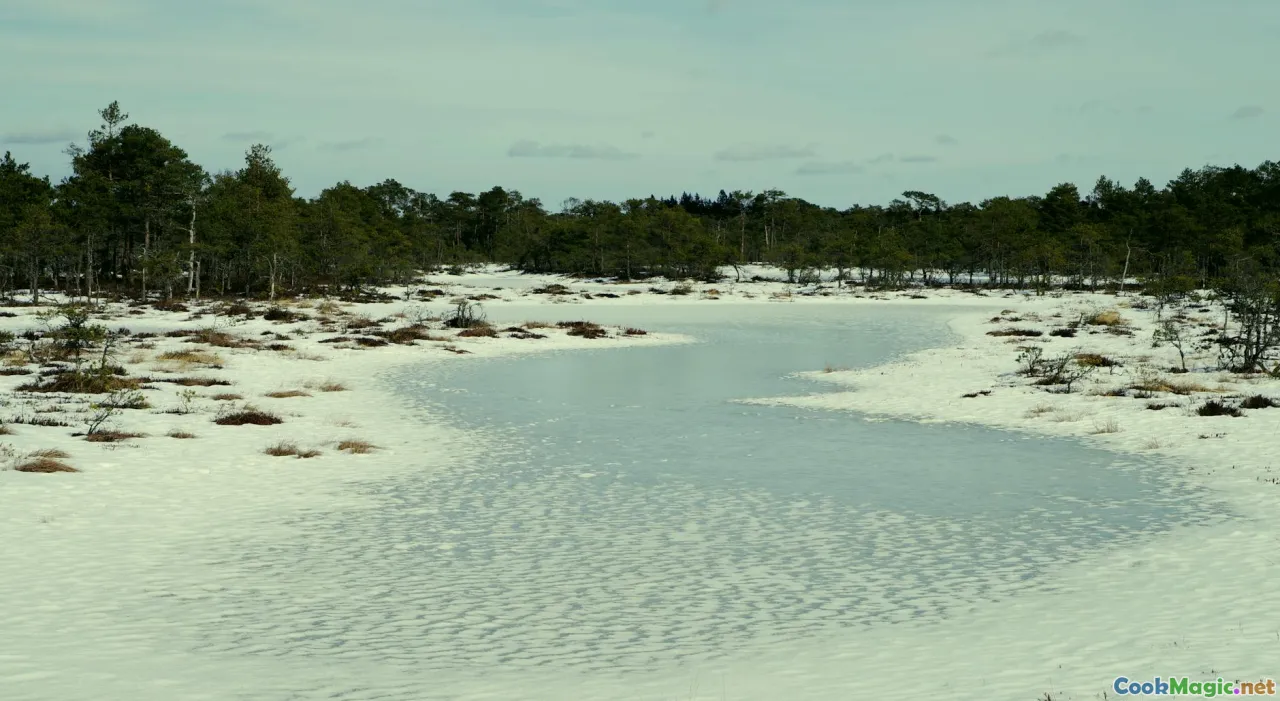
The Cultural Roots and Historical Morality of Baltic Berries
Berries like cranberries (Vaccinium macrocarpon) and cloudberries (Rubus chamaemorus) aren’t just ingredients; they’re living symbols of resilience, seasons, and survival in the northern landscapes.
In traditional Baltic societies, these berries have carried layers of meaning—linked to seasonal cycles, health, and even folklore. For the indigenous Finns and the indigenous Sami, cloudberries were considered a gift from nature—revered for their rarity and flavor, often tied to sacred gatherings or rites. Similarly, Latvian and Lithuanian villages have cherished cranberries for generations, transforming them into jams, juices, and festive sauces, rite of passage foods for celebrations.
Historically, the domestication and appreciation of these berries were driven by necessity—while today they symbolize national identity, sustainability, and culinary ingenuity. During the long, dark winters, preserving their taste in jams or dried forms offered both nutrition and comfort—a symbol of hope and remembrance.
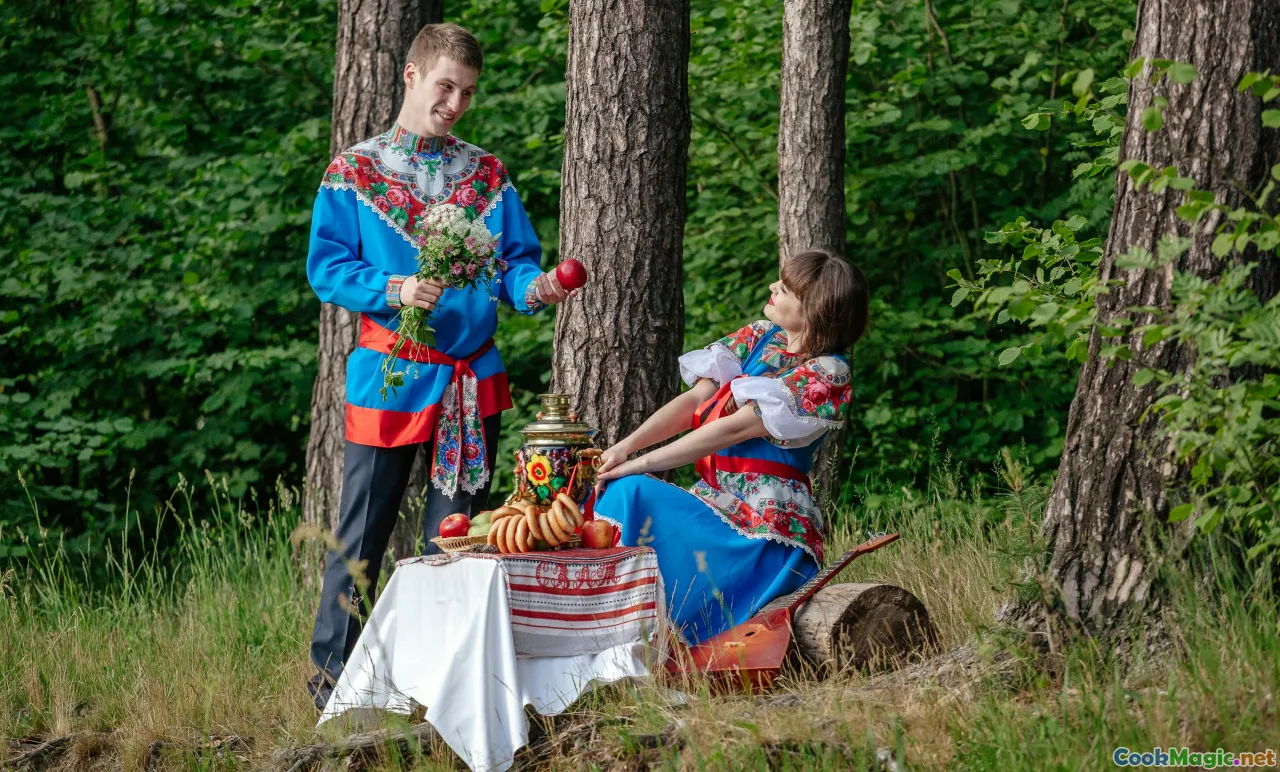
An Exploration of the Flavor Profiles and Sensory Qualities
Understanding the appeal of cranberries and cloudberries begins with their flavor. These berries are not merely colorful garnishes—they are deeply sensory experiences.
Cranberries
Bright, tart, and slightly astringent, cranberries present a clean, invigorating taste that awakens the palate. Their sharpness is offset perfectly by sugar or honey in jams, while their deep red color lends vibrancy and visual freshness—a hallmark of Baltic preserves.
Cloudberries
More elusive, cloudberries are often called the "golden of the north"—and with good reason. Their flavor is a delicate balance of sweetness and acidity, reminiscent of ripe raspberries and mangos with a hint of apricot. When ripe, their soft, amber-orange flesh bursts with a honeyed aroma, evoking the wild, untamed essence of the Scandinavian wilderness.
The textures differ dramatically: cranberries are firm, sometimes slightly gritty from their seeds, perfect for sauces, while cloudberries are soft, luscious, and almost custard-like when fresh, ideal for mousses and creams.

Culinary Uses: Tradition Meets Innovation
The ingenuity of Baltic chefs and home cooks lies in their ability to craft dishes that honor tradition while embracing modern twists. Both cranberries and cloudberries serve as the foundation for a diverse array of culinary creations.
Classic Dishes and Preservation Traditions
Cranberry Sauces and Jams
In Latvia and Lithuania, cranberry jams are integral during Christmas and New Year festivities. Slow-simmered with a splash of water and sweetened with honey or sugar, these preserves are spread over buttered bread or used as a topping for roasted game or poultry, echoing centuries of culinary habit.
Cloudberry Preserves and Liqueurs
In northern Finland and Sweden, cloudberries are mounted in glass jars with sugar or transformed into buttered preserves. These are treasured additions to breakfast tables, gracing pancakes, waffles, or yogurt bowls. Distilled into liqueurs like "Lakka" in Finland—rich, aromatic, with subtleties of honey and wildflower—you can find these elixirs paired with aged cheeses or used in sophisticated cocktails.
Contemporary Innovations and Fusion
Modern chefs have explored berry-filled sorbets, cloudberry-infused chocolates, and even berry-forward caviars, blending ancestral flavors with contemporary culinary artistry.
In Estonia, a trendy spot serves cloudberry foam topped with salted caramel crunch, whispering of Nordic luxury. Similarly, Nordic chefs often incorporate cranberries into savory sauces for venison or reindeer, adding a bright counterpoint to hearty meats.
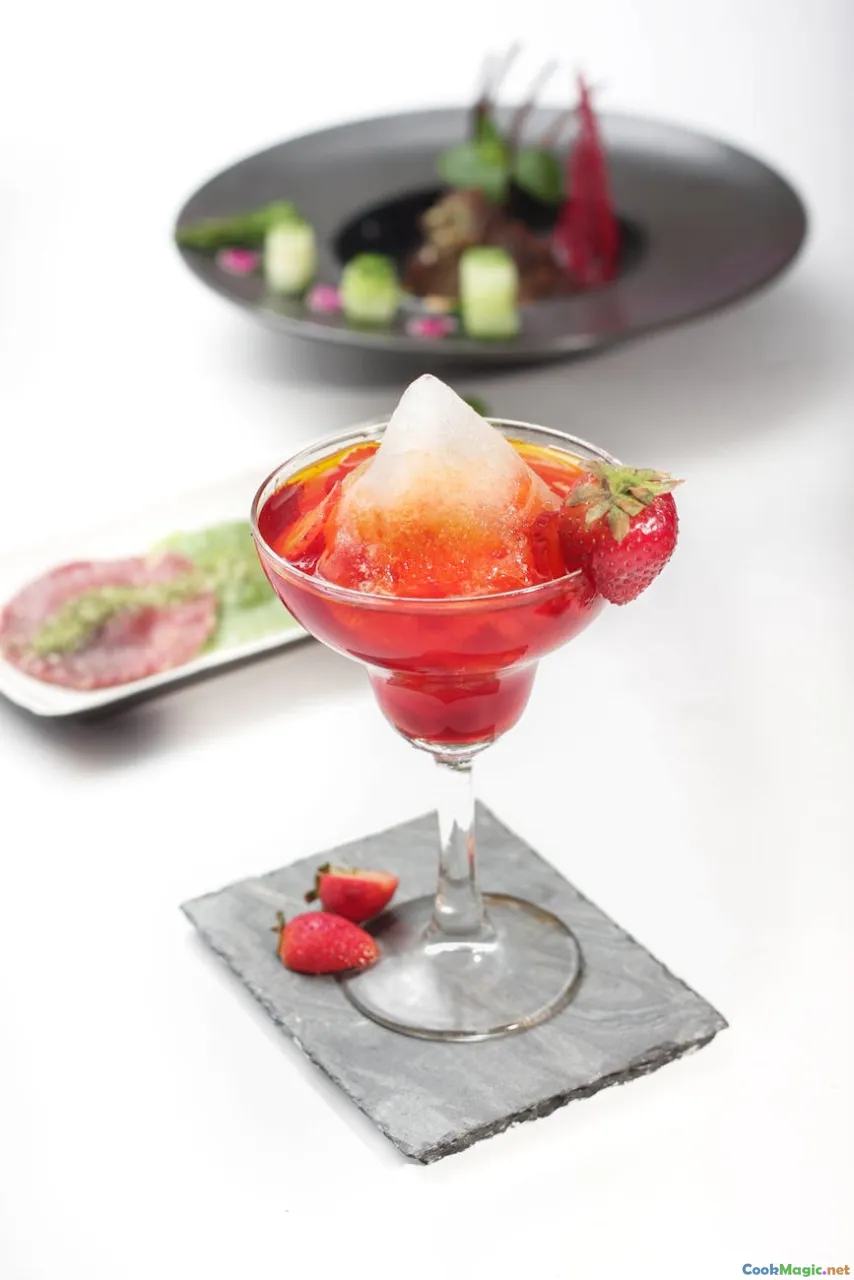
Foraging and Sustainability: Connectively Wild in the Baltic
One of the most poetic aspects of cranberries and cloudberries is their close relationship with the Baltic landscape. Foraging is a cherished activity—integral to the cultural fabric.
Ethical Harvesting
In Finland, wild cloudberry harvesting is regulated to ensure sustainability. Picking berries from the bogs is both a practical act and a ceremonial one—feeling the dew on your fingertips, hearing the rustle of northern grasses, inhaling the earthy aroma.
Personal Insights
I’ve wandered many a bog during late summer, pocket filled with cloudberries—cradling the warm, soft globes, sensing their wild origin. This connection transforms the eating experience: each berry becomes a tribute to the land and its enduring wilderness.
Conservation and the Future
Awareness about climate change and land use threatens these treasured berries. Supporting sustainable harvests and local producers ensures that future generations can enjoy their tangy sweetness.
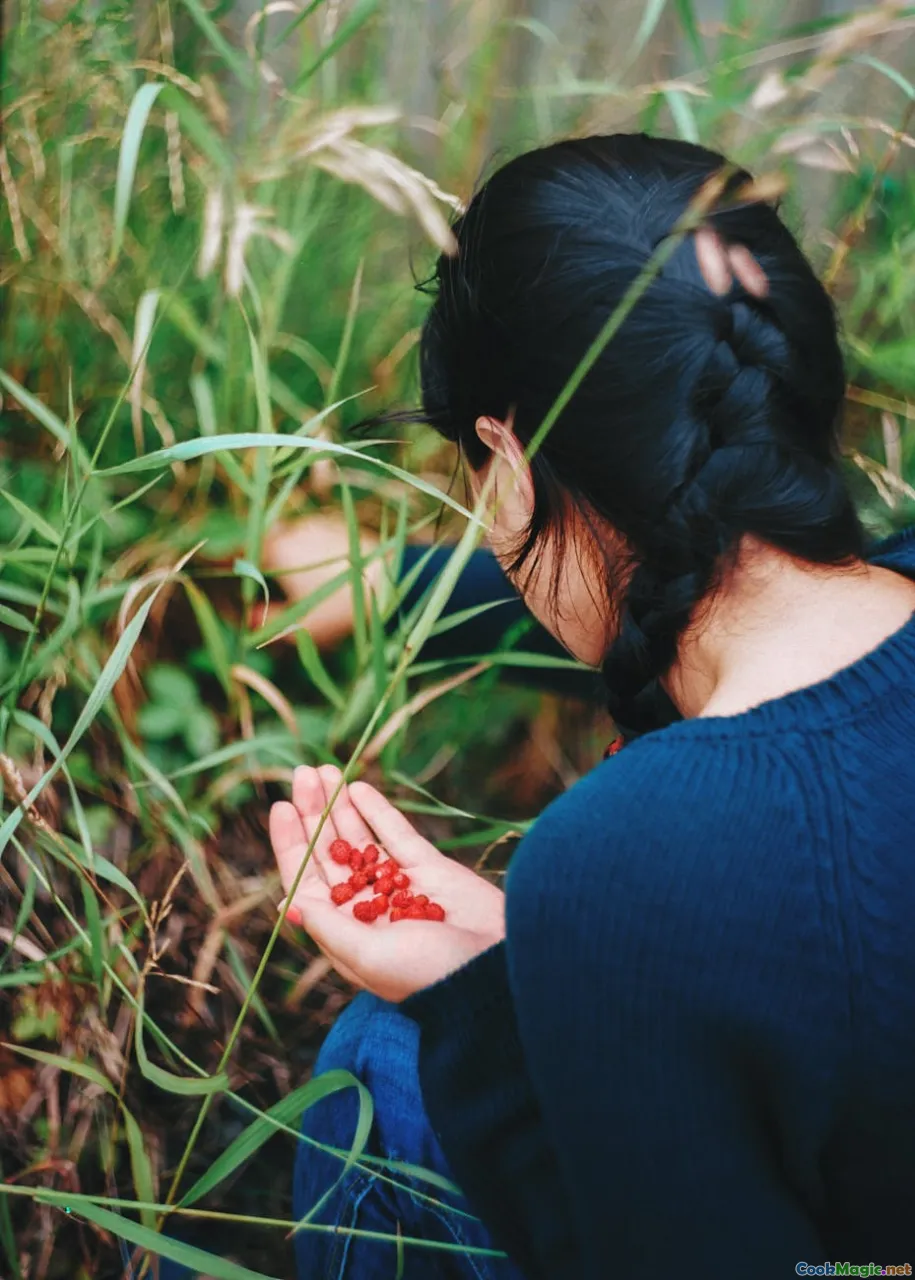
Incorporating Baltic Berries into Your Modern Table
Bringing the taste of the Baltic into your kitchen transcends simple recipes—it's about capturing the essence of wild, resilient landscapes.
Here are some simple ideas:
- Berry Compote for Breakfast: Simmer cloudberries with a splash of elderflower liqueur for an aromatic topping on oatmeal or yogurt.
- Cranberry-Studded Roast: Prepare a glaze with cranberries and balsamic vinegar for poultry or game, elevating the earthy flavors.
- Berry-Infused Spirits: Macerate cloudberries with vodka and a touch of honey—wonderful for cocktails or sipping.
- Dessert Fusion: Use cloudberries or cranberries in panna cotta or tart fillings to add a tart, fragrant twist.
Remember: the key to authentic Baltic berry dishes is respecting their wild origins and seasonal freshness.

The unassuming beauty of cranberries and cloudberries encapsulates centuries of history, nature’s resilience, and culinary innovation. As their tart and sweet profiles find a growing global appreciation, they remain deeply woven into Baltic identity—a harmonious pairing of land, tradition, and taste.
The next time you encounter a jar of cloudberry jam or a handful of cranberries, think of them as nature’s treasured stories—a taste of centuries of wilderness, celebration, and home.
May your culinary adventures be as vibrant and resilient as these beloved berries.









